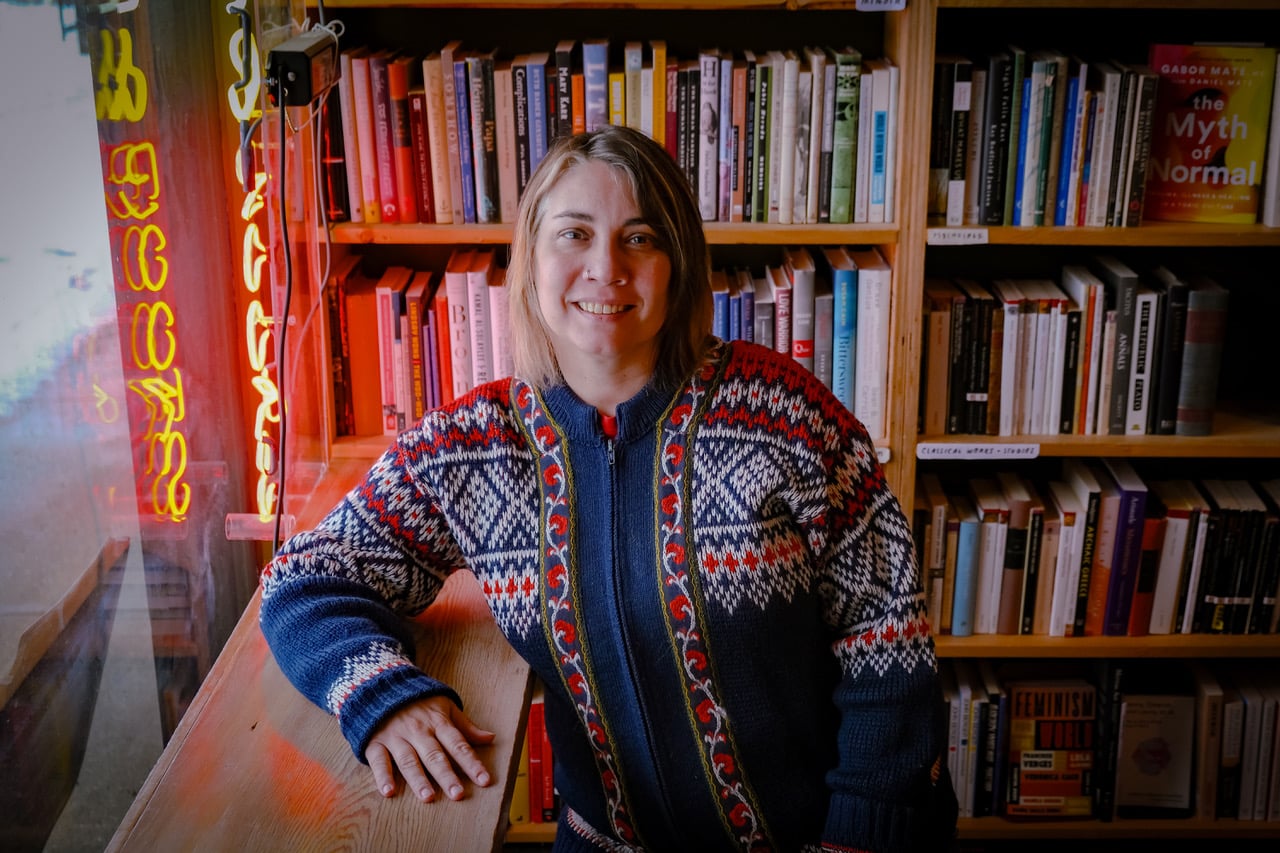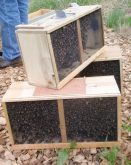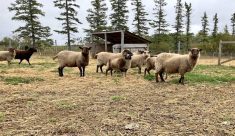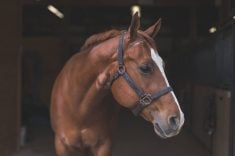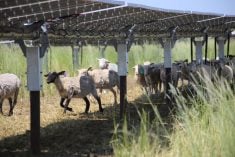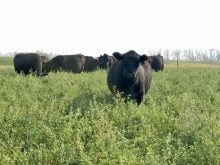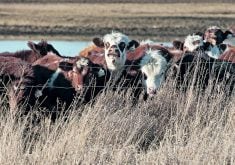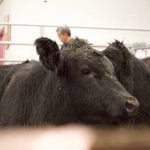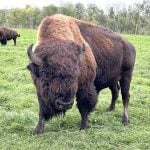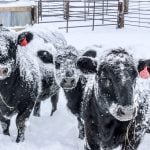af staff |vermilion
Sheep numbers across the country are decreasing, even as the demand for lamb is rising, says Jennifer MacTavish, executive director of the Canadian Sheep Federation.
MacTavish, who is based in Guelph, Ontario, recently attended two sheep seminars in Alberta.
One of the major issues in Canada right now is the sheep supply, said MacTavish. Almost every province in Canada has shown a decrease in its ewe flock over the last six years. In 2004 there were 622,000 breeding ewes, but by January 1, 2010, the number had been reduced to 517,000, according to Statistics Canada.
Read Also
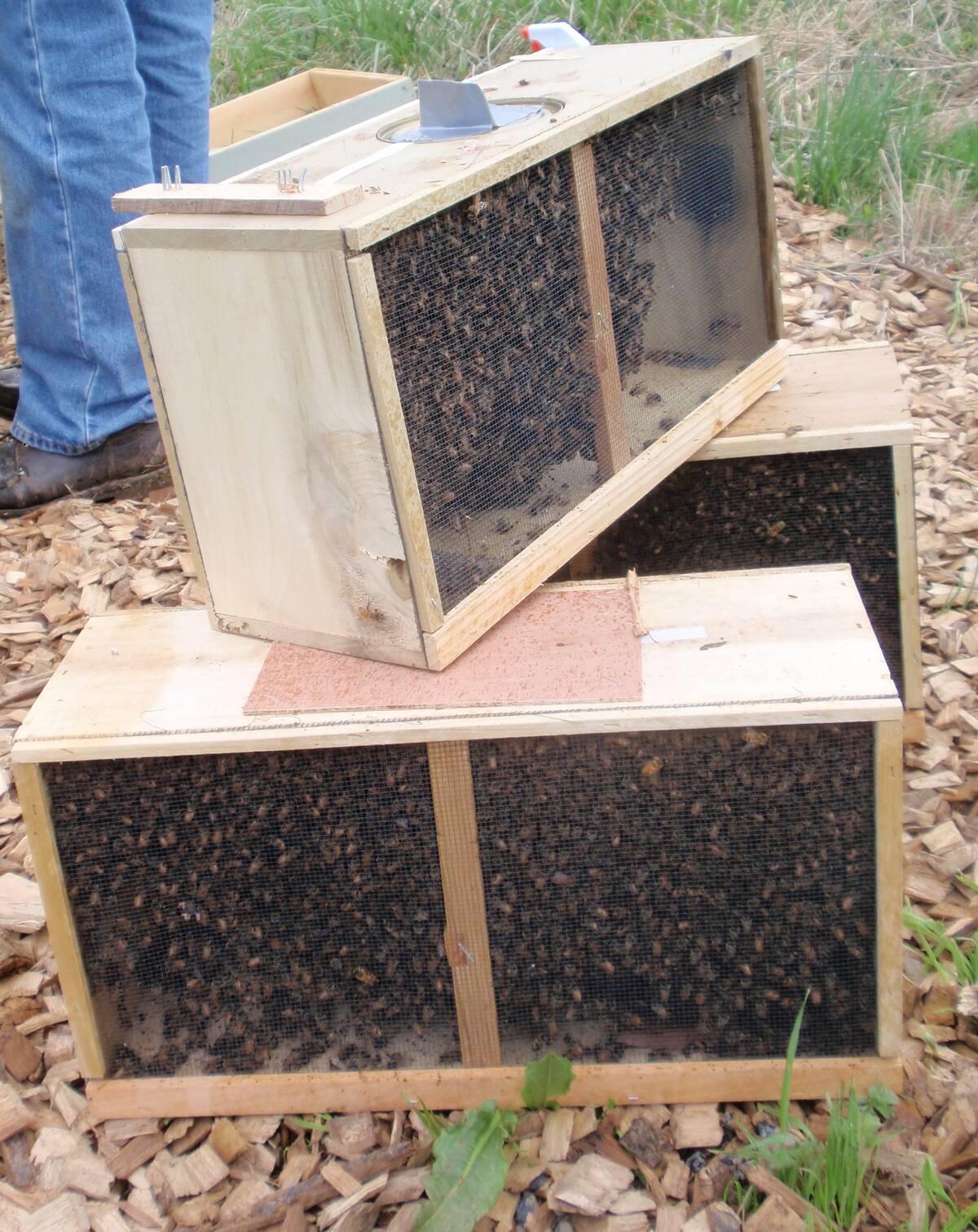
Canadian beekeepers call for regulatory accountability
Beekeepers say the Canadian Food Inspection Agency should restore U.S. packaged bee shipments, claiming the agency isn’t following evidence.
The declining flock raises issues around supply, the ability to capture the domestic market, and the ability to attract investors into the industry. “When our flock shrinks, it becomes harder to get feed companies to invest in the industry, harder to do nutritional research and harder to get drugs approved in Canada because drug companies don’t see the return in investment on such a small flock,” said MacTavish.
“As the industry shrinks in terms of sheep numbers, the industry that keeps sheep producers in business also shrinks,” she said.
The industry changed drastically when the American border was closed in 2003 due to BSE, that affected all ruminant animal exports. By contrast in 2002, Canadians exported about $12 million worth of live animals. “There was a definite interest in genetics out of Canada and more countries were coming here looking for breeding stock,” MacTavish said. She speculates the industry would have continued to grow if the border had not been closed.
Imports rise
Since the border closure, Canada has become an even larger importer of lamb. There has also been an exponential growth in the number of slaughter and feeder animals coming into Alberta, British Columbia and Ontario. “Last year, we imported about 33,000 slaughter animals into Canada, up from 26,000 in 2008,” said MacTavish. Canadians are now importing animals from the United States in order to meet the demands of the domestic market.
MacTavish said the Canadian Sheep Federation has been talking to producers to understand why supply is not meeting the demand. Producers in Western Canada are hesitant to increase their sheep numbers because they are concerned about securing enough feed and labour. However, producers from Ontario and Quebec do not want to increase their numbers because they don’t think they are making enough money.
Demand for lamb has increased four per cent since 2006, while production has decreased 10 per cent. Unfortunately, the gap has been filled by imported product.
Lamb is being imported from New Zealand, Australia, Iceland and Uruguay. New Zealand and Australia are currently facing a decline in sheep numbers due to their own internal issues. That has seen marketers such as Mexico, Uruguay and Paraguay poised to become players on the international scene, said MacTavish.
“When we talk about increasing our market share, we’re not exactly talking about maxing it out 100 per cent or oversupplying our domestic market,” MacTavish said. “It’s about deciding what kind of industry we want to be. Do we want to be an industry that fills 60 per cent of our market or 70 per cent of our market? It’s not about completely filling our market but gradually increasing what we already have and making the sheep industry stronger,” she said.
———
“When we talk about increasing our market share, we’re not exactly talking about maxing it out 100 per cent or oversupplying our domestic market.”
JENNIFER MACTAVISH
CSF

